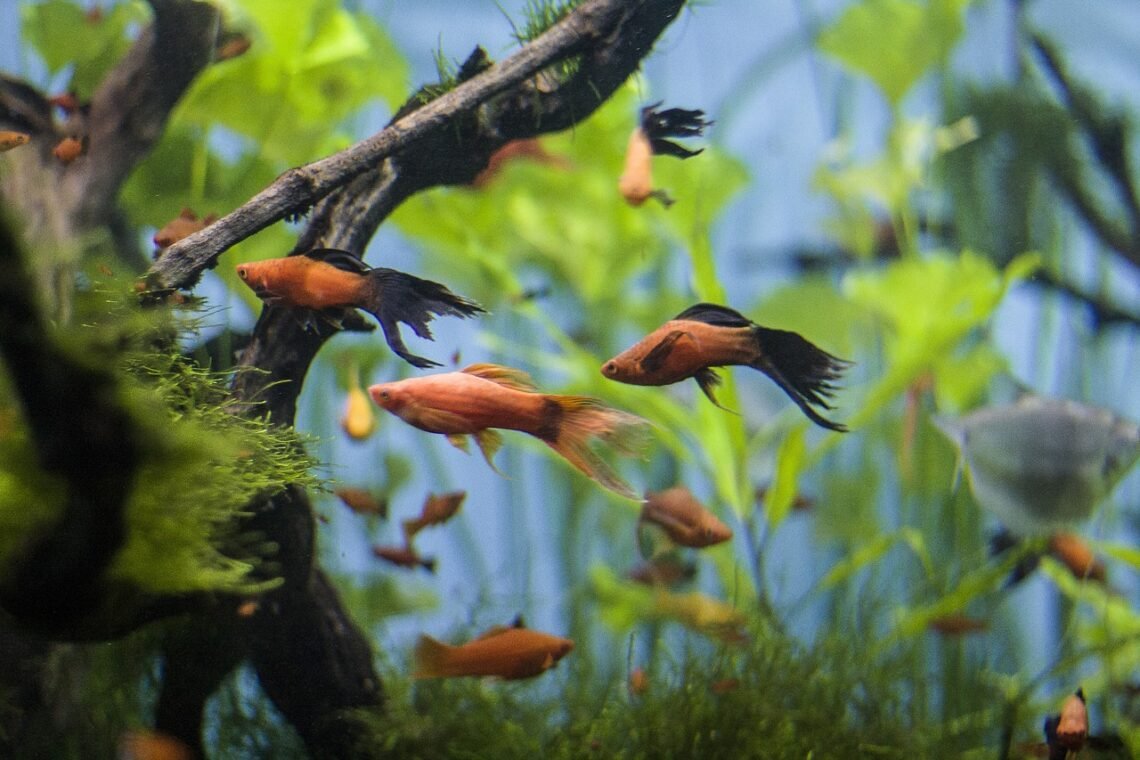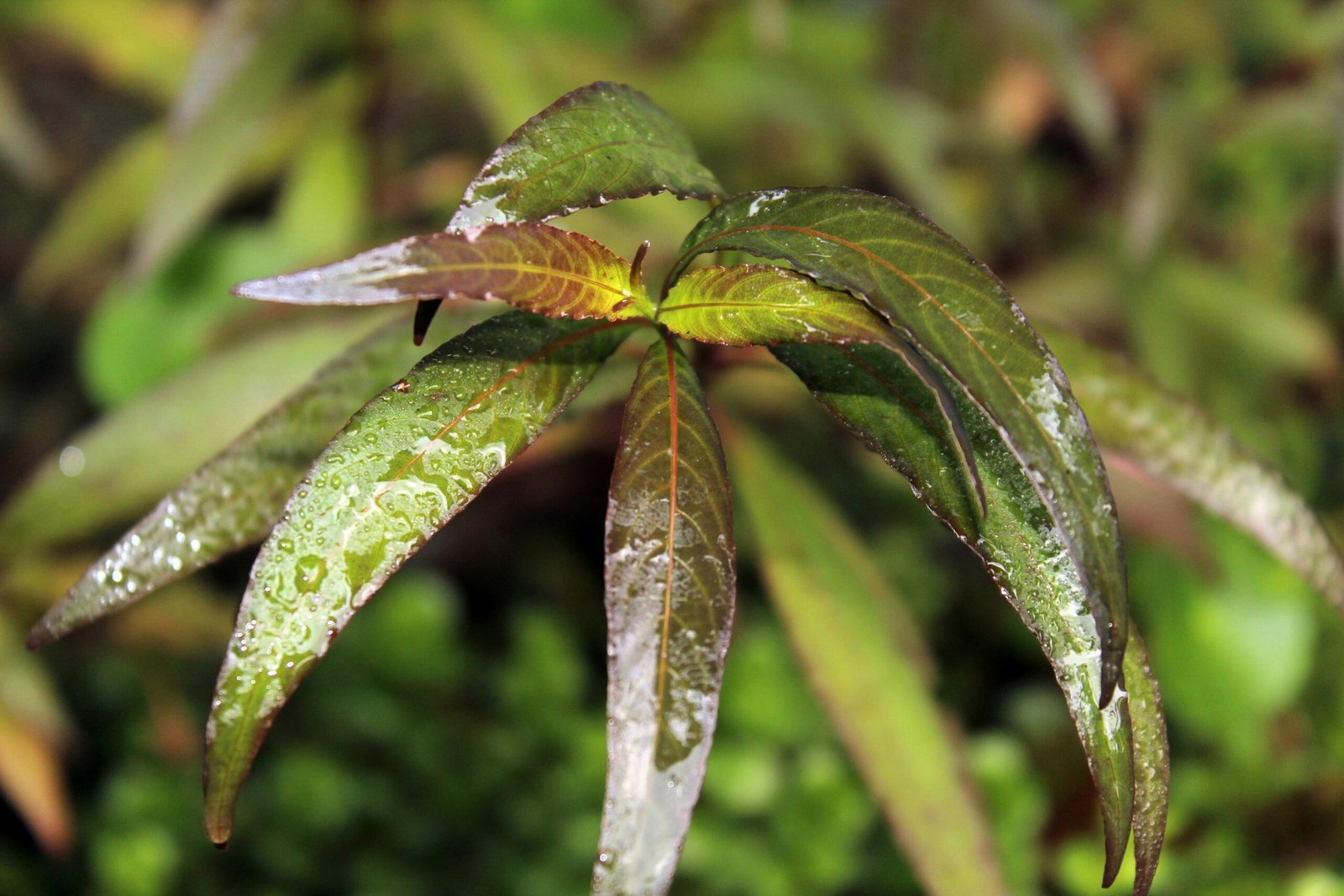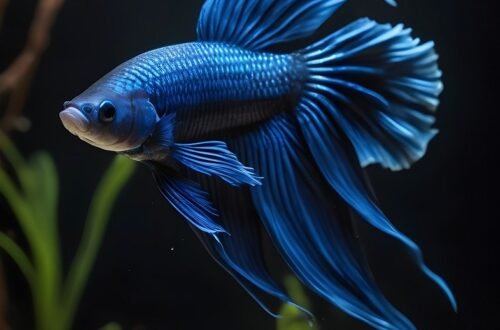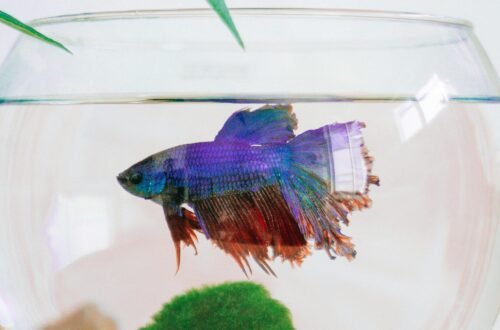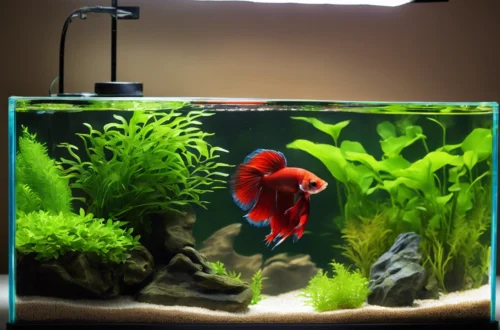I have 2 aquariums.Setting up an aquarium can be an incredibly rewarding experience, bringing a touch of nature’s beauty into your home. However, to ensure the health and happiness of your aquatic friends, it’s crucial to equip your aquarium with the right tools and accessories. This guide will walk you through all the essential equipment you’ll need to create a thriving aquarium environment.
Choosing the Right Aquarium Tank
Determining the Ideal Tank Size
The size of your aquarium is one of the first decisions you’ll need to make. Factors such as available space, budget, and the type of fish you plan to keep will all influence your choice. For beginners, a medium-sized tank (around 20-30 gallons) is often recommended as it’s easier to maintain stable water conditions compared to smaller tanks.
Material of the Aquarium Tank
Aquariums typically come in glass or acrylic materials. Glass tanks are popular due to their durability and scratch resistance, but they are heavier and more prone to breaking if dropped. Acrylic tanks, on the other hand, are lighter and more flexible in shape but can scratch more easily. The choice between the two often comes down to personal preference and specific needs.
Filtration Systems
Types of Aquarium Filters
A good filtration system is the backbone of a healthy aquarium. Filters come in three main types:
Mechanical filtration – removes physical debris from the water.
Biological filtration – promotes the growth of beneficial bacteria that break down harmful substances.
Chemical filtration – uses activated carbon or other materials to remove dissolved impurities.
Most aquariums benefit from a filter that combines all three types, ensuring clean, clear, and safe water.
Choosing the Right Filter for Your Aquarium
When selecting a filter, consider the size of your tank and the type of fish you have. Filters are rated by the number of gallons they can handle, so be sure to choose one that matches or exceeds your tank’s capacity. Over-filtering is usually better than under-filtering, especially in larger aquariums.
Aquarium Lighting
Understanding Aquarium Lighting Needs
Proper lighting is essential for both the health of your fish and the growth of any live plants. Fish rely on a regular light cycle to regulate their behavior, while plants require light for photosynthesis. The type and amount of light you need will depend on whether you have a freshwater or saltwater aquarium and the specific species you are keeping.
Types of Aquarium Lights
Aquarium lighting comes in various forms, including LED, fluorescent, and incandescent bulbs. LED lights are the most popular due to their energy efficiency, long lifespan, and ability to provide the full spectrum of light needed for plant growth and coral health. Fluorescent lights are also a good choice for planted tanks, while incandescent lights are less commonly used due to their heat output and inefficiency.
Setting Up Your Lighting System
When setting up your lighting, it’s important to simulate a natural day-night cycle. Most aquariums require about 8-12 hours of light per day, depending on the needs of your fish and plants. Use a timer to automate the lighting schedule, ensuring consistency even when you’re not around.
Heating and Cooling Equipment
Aquarium Heaters
Maintaining a stable temperature is crucial for the health of your fish. Aquarium heaters come in several types:
– Submersible heaters are placed entirely underwater and are the most common type.
– In-line heaters are connected externally to the filter system.
– Pad heaters are placed under the tank to gently warm the water.
Each type has its pros and cons, but submersible heaters are generally the most user-friendly and effective for most home aquariums.
Choosing the Right Heater
The right heater depends on the size of your tank and the temperature requirements of your fish. As a rule of thumb, you’ll need about 3-5 watts of heating power per gallon of water. Ensure that the heater you choose is adjustable and has a built-in thermostat to maintain the desired temperature range.
Aquarium Chillers
For those keeping species that thrive in cooler waters or during hot summer months, an aquarium chiller might be necessary. Chillers are more commonly used in saltwater or reef aquariums where precise temperature control is crucial.
Substrate and Decorations
Choosing the Right Substrate
The substrate forms the base of your aquarium and plays a significant role in the overall health of your tank. Common options include:
– Gravel is versatile and works well in most freshwater setups.
– Sand is ideal for species that like to dig or sift through the substrate.
– Planted tank substrates are specially formulated to support live plants, providing essential nutrients.
Your choice will depend on the type of aquarium you’re setting up and the needs of your aquatic inhabitants.
Decorating Your Aquarium
Aquarium decorations are not just about aesthetics they also provide essential hiding places and territories for fish. Consider adding:
– Rocks to create natural structures.
– Live or artificial plants for shelter and beauty.
– Ornaments that add personality and variety to the tank.
When decorating, balance is key. Avoid overcrowding the tank with decorations, which can limit swimming space and disrupt water flow.
Water Conditioners and Testing Kits
Importance of Water Conditioners
Water conditioners are essential for making tap water safe for your fish.
They neutralize harmful chemicals like chlorine and chloramine, which are commonly found in tap water. Some conditioners also detoxify ammonia, nitrite, and heavy metals, creating a safer environment for your aquatic life.
Using Water Testing Kits
Regular water testing is vital to monitor the health of your aquarium. Testing kits allow you to check levels of pH, nitrate, nitrite, and ammonia, all of which can impact the well-being of your fish. Keeping these parameters within the ideal range will help prevent stress and disease in your aquarium.
Aquarium Maintenance Tools
Essential Cleaning Tools
Maintaining a clean aquarium requires a few basic tools:
– Algae scrapers to keep the glass clear.
– Gravel vacuums to remove debris from the substrate.
– Nets for safely moving fish or removing uneaten food.
Regular maintenance, including weekly water changes and filter cleaning, will keep your tank healthy and looking its best.
Maintaining Water Quality
Consistent water changes are key to maintaining high water quality. Replace 10-20% of the water each week to remove waste products and replenish essential minerals. Keeping a maintenance schedule can help you stay on top of these tasks and ensure a thriving aquarium environment.
Feeding Equipment
Automatic Fish Feeders
Automatic fish feeders are a convenient option, especially if you travel frequently or have a busy schedule. These devices can be programmed to dispense food at specific times, ensuring your fish are fed regularly even when you’re not at home.
Choosing the Right Fish Food
Fish food comes in many forms, including flakes, pellets, frozen, and live food. The type you choose should match the dietary needs of your fish species. Variety is important, so consider alternating between different types of food to provide a balanced diet.
Air Pumps and Accessories
Role of Air Pumps in Aquariums
Air pumps are used to increase the oxygen level in your aquarium by creating surface agitation. They can also power certain types of filters or decorations. While not always necessary, air pumps are beneficial in heavily stocked tanks or for species that require higher oxygen levels.
Choosing the Right Air Pump
When selecting an air pump, consider the size of your tank and the amount of noise it produces. Some pumps are louder than others, so you may want to opt for a quieter model if your aquarium is in a living area or bedroom.
Quarantine Tank Equipment
Importance of a Quarantine Tank
A quarantine tank is essential for isolating new or sick fish, preventing the spread of disease to your main aquarium. It’s a simple setup, usually smaller than your main tank, but it requires some basic equipment like a heater, filter, and hiding places for the fish.
Basic Quarantine Tank Setup
Your quarantine tank should be easy to clean and monitor. Include a heater to maintain stable temperatures, a sponge filter for gentle filtration, and some PVC pipes or artificial plants for hiding spots. This setup will help reduce stress for the fish during their quarantine period.
Monitoring and Control Equipment
Thermometers and Hydrometers
Monitoring temperature is crucial for a stable aquarium environment. Digital thermometers offer precise readings, while stick-on strip thermometers are easy to use. For saltwater tanks, a hydrometer or refractometer is also needed to measure salinity levels.
Creating a successful aquarium is a rewarding process that requires the right equipment and regular maintenance. By carefully selecting and maintaining the essential tools outlined in this guide, you can ensure a thriving aquatic environment for your fish and plants. Whether you’re a beginner or an experienced aquarist, investing in quality equipment will pay off in the long run with a beautiful and healthy aquarium.

